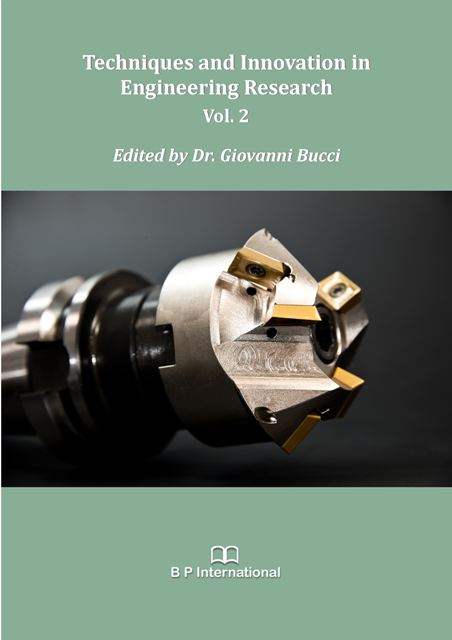Analysis of NLFM Signals against the Doppler Effect and Background Noise
Techniques and Innovation in Engineering Research Vol. 2,
20 September 2022,
Page 1-10
https://doi.org/10.9734/bpi/taier/v2/2885B
The study analyses Nonlinear Frequency Modulated (NLFM)waveforms designed using three-stage piecewise linear and two-stage piecewise linear and nonlinear functions against the Doppler effect and background noise. Simulations are carried out with different target speeds to study the Doppler effect. Additive White Gaussian noise is considered for background noise investigation. NLFM designed using two piecewise linear frequency modulation proved to be better than other designed waveforms in the present study.
